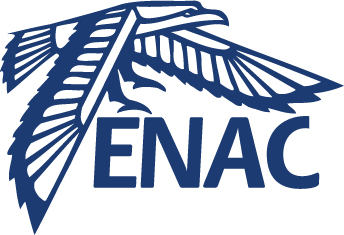Flight Testing of Dynamic Soaring Part-2 : Open-Field Inclined Circle Trajectory
Résumé
This paper presents the second part of flight experiments for a known dynamic soaring
trajectory; open-field inclined circle trajectory. Energy extraction through dynamic soaring
can improve the range and endurance performance of fixed-wing vehicles on certain missions
such as ocean monitoring, or flying over orographic wind sources. However, fundamental
challenges are making the dynamic soaring difficult to apply, such as simultaneous exploration
and exploitation of the dynamic wind field, estimation of the total energy state, high-level
optimum path planning, guidance for trajectory tracking, and finally the low-level attitude
control. Real-life application of dynamic soaring presents even more additional challenges
such as poor and limited sensor measurements, limited computation, disturbing atmosphere,
and estimation of the dynamic wind field. In this study, we assess the feasibility of dynamic
soaring in open-field inclined circle trajectory with a small autonomous glider to show the
positive power contributing segments during the flight. Moreover, it is observed that the
inclined circle trajectory can be flown more energy efficient than flat ones in the presence of
wind. Several representative cases have been analyzed, quantifying the ratio between power
values for invested, required, and harvested.
